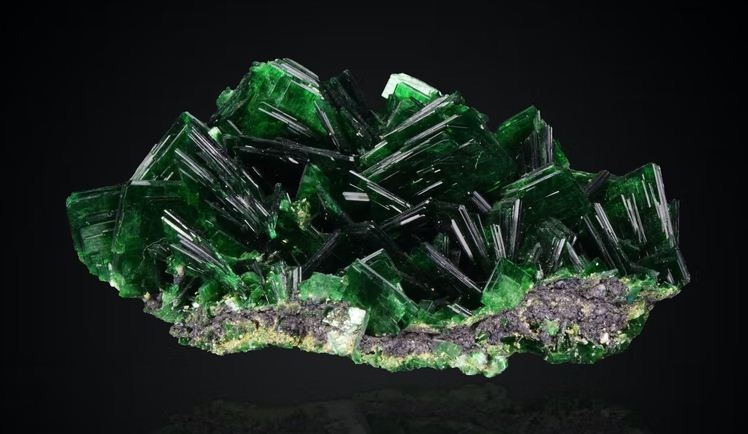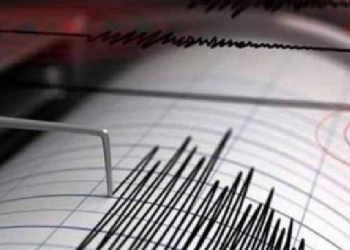New Delhi: A 15-year study led by the Carnegie Institution for Science details the origins and diversity of every known mineral on the Earth, a landmark body of work that will help reconstruct the history of life on the earth, guide the search for new minerals and ore deposits, predict possible characteristics of future life, and aid the search for habitable planets and extraterrestrial life.
In twin papers published by American Mineralogist and sponsored in part by NASA, Carnegie scientists Robert Hazen and Shaunna Morrison detail a novel approach to clustering (lumping) kindred species of minerals together or splitting off new species based on when and how they originated.
Once mineral genesis is factored in, the number of “mineral kinds” — a newly-coined term — totals more than 10,500, a number about 75 per cent greater than the roughly 6,000 mineral species recognized by the International Mineralogical Association (IMA) on the basis of crystal structure and chemical composition alone.
“This work fundamentally changes our view of the diversity of minerals on the planet,” says Hazen, Staff Scientist with the Earth and Planets Laboratory, Carnegie Institution for Science, Washington DC.
“For example, more than 80 per cent of earth’s minerals were mediated by water, which is, therefore, fundamentally important to mineral diversity on this planet. By extension, this explains one of the key reasons why the moon and mercury and even mars have far fewer mineral species than the earth.”
“The work also tells us something very profound about the role of biology,” he adds. “One third of earth’s minerals could not have formed without biology — shells and bones and teeth, or microbes, for example, or the vital indirect role of biology, such as by creating an oxygen-rich atmosphere that led to 2,000 minerals that wouldn’t have formed otherwise.”
“Each mineral specimen has a history. Each tells a story. Each is a time capsule that reveals earth’s past as nothing else can.”
According to the paper, nature created 40 per cent of earth’s mineral species in more than one way — for example, both abiotically and with a helping hand from cells — and in several cases used more than 15 different recipes to produce the same crystal structure and chemical composition.
Of the 5,659 recognized mineral species surveyed by Hazen and colleagues, nine came into being via 15 or more different physical, chemical and/or biological processes — everything from near-instantaneous formation by lightning or meteor strikes, to changes caused by water-rock interactions or transformations at high pressures and temperature spanning hundreds of millions of years.
And, as if to show she has a sense of humour, nature has used 21 different ways over the last 4.5 billion years to create pyrite (aka Fool’s Gold) — the mineral world’s champion of diverse origins.
Pyrite forms at high temperature and low, with and without water, with the help of microbes and in harsh environments where life plays no role whatsoever.
Composed of one part iron to two parts sulfide (FeS2), pyrite is derived and delivered via meteorites, volcanoes, hydrothermal deposits, by pressure between layers of rock, near-surface rock weathering, microbially-precipitated deposits, several mining-associated processes, including coal mine fires, and many other means.
To reach their conclusions, Hazen and Morrison built a database of every known process of formation of every known mineral.
Relying on large, open-access mineral databases, amplified by thousands of primary research articles on the geology of mineral localities around the world, they identified 10,556 different combinations of minerals and modes of formation, detailed in the paper, “On the paragenetic modes of minerals: A mineral evolution perspective.”
(IANS)




















